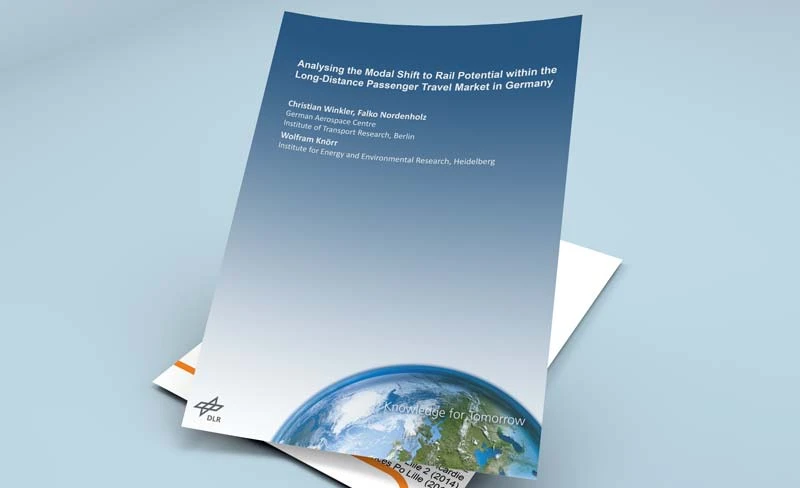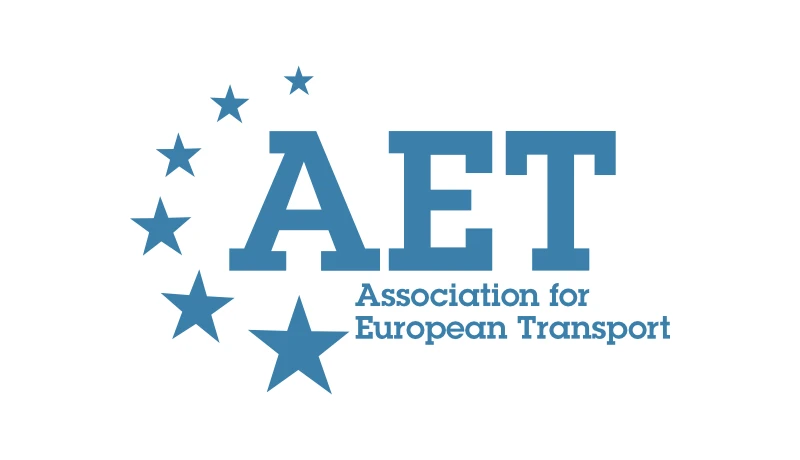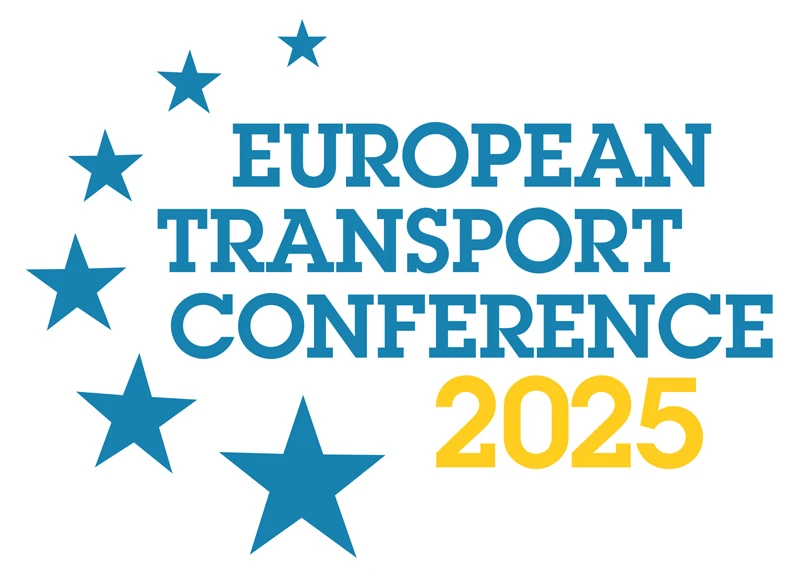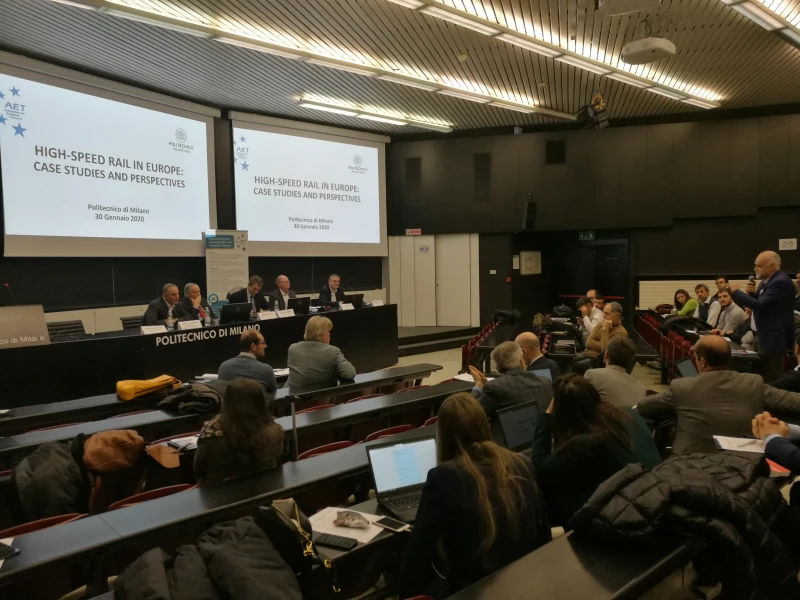-
Past ETC Papers

Browse, search and view papers from the past AET Conferences.
-
Members' Area

AET promotes networking and exchange of ideas, information and opportunities amongst members.
Conference Papers 2021
Online
ETC Conference Papers 2021
Has the Covid-19 pandemic caused people to commute less sustainably? Evidence from Switzerland based on two employee travel surveys
Seminar
Day 1 (13 Sep 2021), Session 1, COVID-19 IMPACTS, 11:00 - 13:00
Status
Accepted, documents submitted
Submitted by / Abstract owner
Michael Stiebe
Authors
Stiebe, Michael
Hoerler, Raphael
Tomic, Uros
Del Duce, Andrea
Short abstract
The Covid-19 pandemic and corresponding mitigation measures have drastically affected human transport behavior. Based on two 2020 surveys with ZHAW SoE staff, we investigated mobility behavior changes and their impact on sustainability.
Abstract
Indisputably, the Covid-19 pandemic has influenced human transport behavior, both on a global and local scale. The statistics from smartphone user data-based Google Mobility Insights, Apple Mobility Trends Reports, and the Swiss smartphone tracking study MOBIS-COVID19 all indicate changes in overall daily mobility. The changes in the composition of the modal split in comparison to pre-Covid-19 times were especially striking. In contrast to the steep declines in the use of public transport, private motorized transport, and active transport have declined at much lower rates. Bicycle use even increased at times. Reduced daily mobility due to Covid-19 restrictions and mitigation measures such as mandatory teleworking requirements and the resulting reductions in greenhouse gas emissions in 2020 signify the climate change mitigation potentials of sufficient mobility lifestyles without considering broader socio-economic and psychological effects. Yet, the vital question remains whether the observable modal shift away from public transport towards active and private motorized transport will only be a temporary or enduring phenomenon.
The earlier mentioned studies provide a reliable quantitative base of evidence for general mobility behavior changes as well as the earlier mentioned modal shift, however, do not fully capture the behavioral motives nor the reasons behind these changes. Nonetheless, our studies provide us with valuable insights into the noticeable shift toward a less sustainable modal split.
Our results stemming from the analysis of the self-reported daily mobility data from our two independent 2020 staff travel surveys (N1=186 and N2=215) are widely congruent with results from broader tracking studies and mobility reports, given a few noteworthy exceptions. Our research primarily compares commuting behavior throughout four distinct phases, namely:
1) 12 months before the outbreak of Covid-19
2) Covid-19 pre-lockdown (January until Mid-March 2020)
3) first national lockdown (Mid-March until Early May 2020)
4) post-lockdown until the end of the hybrid teaching phase at ZHAW (Early May until Late October 2020).
The modal share of public transport decreased from 50% in pre-Covid-19 times to 33% during the first national lockdown and saw a slight recovery to 40% in the post-lockdown phase. Walking as a mode of commuting remained steady at 7 to 8 percent throughout all periods. In contrast to the tracking-based studies, bicycling became only slightly more popular as a mode of transport. Its modal share increased from 19% in pre-lockdown times to 22% during the lockdown and dropped to 20% after the lockdown. Noteworthily, the bicycling modal share was even slightly higher (23%) during pre-Covid-19 times. Most concerning from a sustainability standpoint was the rise of car commuters from 9% during pre-Covid-19/pre-lockdown times to 22% during the lockdown, followed by a slight adjustment to 15% after the lockdown. The surveys provided us with consensual residential address data of the employees. Thus, I was able to use and feed these data into a self-written Python application utilizing the Google Maps API for the automated obtainment of exact and mode-adjusted commuting times and distances. These were later used to execute CO2 calculations. Interestingly, before the outbreak of Covid-19 in Switzerland, the relative commuting trip CO2 emissions of our employees were the highest (1.44 kg CO2 per one-way commute) and the average commuting time (39.98 mins) and distance (25.78 km) the lowest. Both in comparison to pre-lockdown times, increases in average CO2 emissions (per commute and employee) of approximately 28% during the lockdown and 23% after the lockdown were observable. This is evidently related to the reported changes in modal choice which in return caused a reduction by 9% respectively 4% in the average commuting distance, whereas the average commuting time was 6% higher during the lockdown and 1% lower after the first lockdown.
Finally, the results from our studies suggest that Covid-19 has caused people to commute less sustainably. This, however, does not mean that the total commuting-related climate impact of our employees became larger, considering the increased amount of telework due to Covid-19. As our analyses do not account for rebound effects from increased leisure mobility and/or changed energy consumption behavior, it remains to be investigated in the future whether increased telework under post-pandemic circumstances is a feasible means of mitigating the climate impact of commuting.
Programme committee
Global Trends Impacting Transport
Topic
COVID-19 and the Consequences
Documents:


Association For
European Transport
Forester House
Doctors Lane
Henley-in-Arden
Warwickshire, UK
B95 5AW
+44 (0) 15 64 793552
VAT number: 710 1866 64
Conference Supporters & Endorsers




Legal Entity
The Association for European Transport is registered as an Association ('vereniging') with the Chamber of Commerce for Haaglanden in The Netherlands under company number 27170096.
Built on Zenario




